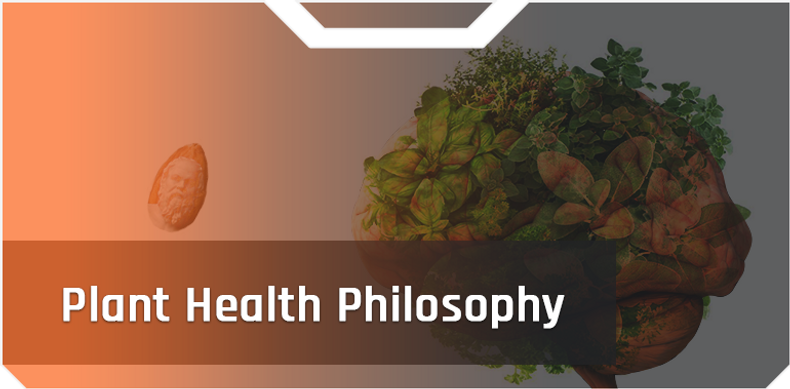CREATING SUSTAINABILITY BY PLANTING SMARTER
In recent years people have been throwing around the term PHC, or Plant Health Care more and more. These types of discussions reflect our evolving perspective on our relationships with trees and plants in general. In the past, it was assumed that what was best for the environment and plants was usually going to cost the most economically.
We are now beginning to understand many of the strategies we were using for planting were not only hurting the environment but costing us financially.
Plant Health Care Philosophy is helping us to redefine the way that we look at trees and plants in a way that will benefit plants, wildlife, people, and the economy. For arborists, tree surgeons, and other plant specialists, this means that many old habits are dying quickly and being replaced by better practices.
Today we’re going to be breaking down some basics about PHC Philosophy and how it relates to arborists, homeowners, and businesses. If you are interested in learning more, this article is meant for you.
What We Talk About When We Talk About PHC
It should be no surprise that arborists - or at least good arborists - love trees and other plants. When applying Plant Health Care Philosophies, arboriculture is mainly concerned with three things- a tree’s overall health, its structure (i.e. Is it free of cracks and damage?), and its appearance.
Defining Plant Health
Overall plant health is focused on some of the more obvious aspects of a plant’s well being.
Features Of A Healthy Plant:
- Free Of Harmful Pests
- No Disease Or Disorders
- An Ability To Resist Environmental Stress
A Tight Rope Balance
When applying PHC, arborists need to balance a lot of competing factors. Trees have an interdependent relationship with water, soil and its minerals, and other plants that are nearby. The minerals and nutrients that help a particular species of tree may not be beneficial to vegetables or flowers. Additionally, the roots of other trees may be competing for space with a new tree. It is important to think of a tree’s surroundings as an ecosystem when deciding what kind of trees will be planted or how to care for existing trees.
Arborists also need to balance the interests of various groups of people. What is best for a tree specialist may sometimes interfere with what is best for the gardener or landscaper.
Relationships That Arborists Need To Prioritize:
- The Needs Of Gardeners
- Urban Planners And Local Regulations
- The Desires And Needs Of The Property Owner
Healthier Plants, Wealthier Plant Owners
The good news for arborists is that it is becoming more and more clear that planting trees and keeping trees healthy is beneficial to property owners. Trees and plants greatly increase the value of a property and improve the well being of the people nearby.
In addition, we are coming to understand that thinking about the long term health of plants is a more economic choice than cutting corners. Using fertilizers that are loaded with synthetic chemicals may help plants grow faster, but in the long run, they will lead to plants being attacked by pests and disease.
This can lead to spending more money on pesticides which will damage the soil. Treating or replacing unhealthy, nutrient hungry soil will also add more expenses. In the long term, it is much less expensive to avoid using fertilizers, especially those fertilizers that are heavy on unnatural chemicals and hormones.
What Exactly Does Plant Sustainability Entail?
Arborists need to be concerned with how to help a tree develop its own natural defenses against weather, drought, and pests. This means using naturally nutrient-rich soil. What may be a bit counter-intuitive to some people is the use of bugs and bacteria to help a tree stay healthy.
As part of arboriculture, tree specialists also need to be mindful of how pruning and other forms of plant maintenance will impact the long-term health of trees. In an ideal situation, pruning should be limited to removing damaged or diseased limbs. While strategic pruning will increase the life of a tree, excessive pruning will damage the structure of the plant and decrease its natural ability to produce photosynthesis.
A Holistic Approach To Planting
When considering all of these factors, it becomes clear that PHC requires a holistic approach to planting and maintaining trees. In our modern society, the health of a plant depends on so many different factors, which can sometimes present conflicting interests. The survival of healthy plants requires arborists, property owners, and landscapers to come to an understanding that cutting corners can have dire consequences to a plant.
Practices such as using toxic fertilizers and pruning plants excessively simply will not allow for plants to sustain themselves. This will cause damages to trees, soil, and bank accounts.
The good news is that we are coming to a better understanding that things that are good for trees and other plants are also good for property owners and urban planners alike.





